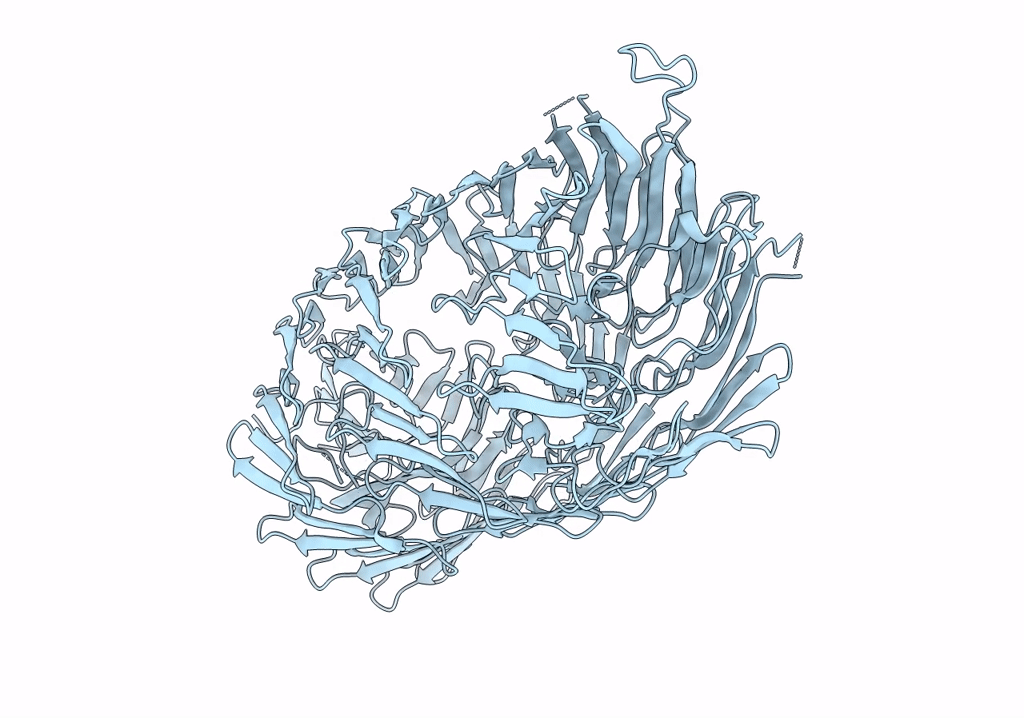
Deposition Date
2021-09-16
Release Date
2021-12-01
Last Version Date
2024-07-17
Entry Detail
PDB ID:
7PQ5
Keywords:
Title:
Photorhabdus laumondii T6SS-associated Rhs protein carrying the Tre23 toxin domain
Biological Source:
Source Organism:
Photorhabdus laumondii subsp. laumondii TTO1 (Taxon ID: 243265)
Host Organism:
Method Details:
Experimental Method:
Resolution:
3.17 Å
Aggregation State:
PARTICLE
Reconstruction Method:
SINGLE PARTICLE


